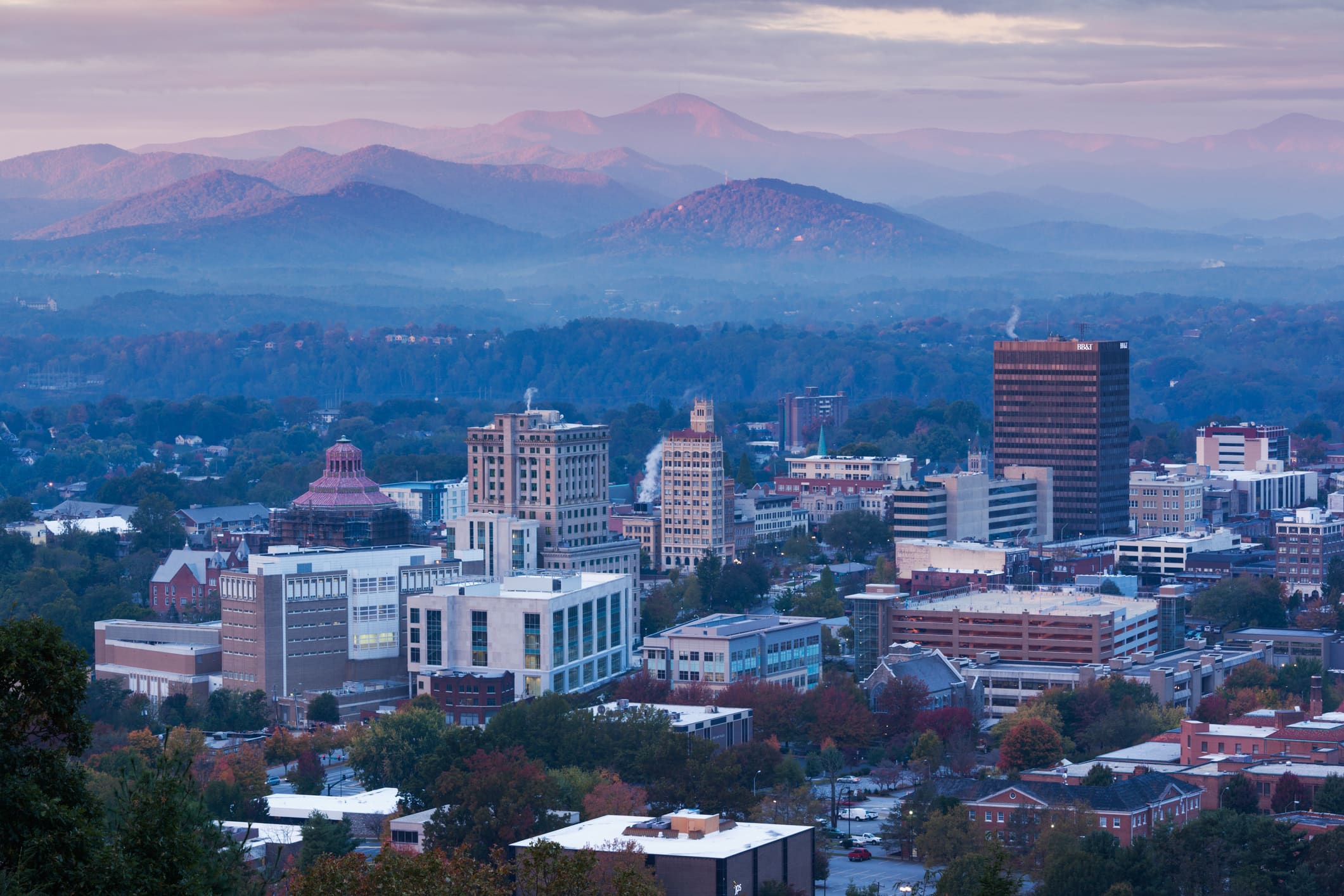
In the wake of the pandemic — as millions of people have quit their jobs and a growing number of companies delay their return to office — remote work has continued to surge in popularity, new data from LinkedIn reveals.
According to the report, 30.2% of all applications to paid U.S. job postings on LinkedIn went to remote work opportunities in August, more than 3x the rate of remote job applications (9.8%) in August 2020, and up nearly 10-fold from January 2020, where remote jobs only made up 2.8% of applications before the Covid-19 pandemic hit the U.S.
Certain cities are emerging as remote work hotspots faster than others. Bend, Oregon topped LinkedIn’s list for the small U.S. cities where remote work is the most popular; of all the job applications that people from Bend are submitting on LinkedIn, 41.8% are for remote jobs.
These small cities have the highest proportion of remote work applications:
- Bend, Oregon: 41.8%
- Asheville, North Carolina: 38.7%
- Wilmington, Delaware: 35.9%
- Johnson City, Tennessee: 35.2%
- Eugene, Oregon: 34.9%
“We’re seeing booming interest across industries in remote work, a lot of people want that flexibility as the pandemic continues, and companies are going to go where the workers are,” George Anders, a senior editor at LinkedIn, tells CNBC Make It. “We’ve also discovered that the kind of tools we’re using for remote work, like Zoom and Slack, make more remote jobs possible, so remote work has ended up being sustainable and productive.”
LinkedIn boasts more than 750 million users in about 200 countries. For this analysis, LinkedIn defined small cities as places with less than 100,000 residents and a minimum of 25,000 remote-job applications. Larger metros were defined as having a population of at least 100,000, along with at least 100,000 applications for remote jobs.
Even before the pandemic, Bend has attracted an unusually high number of remote workers, data from the U.S. Census Bureau shows. Anders notes that many tech employees from San Francisco and Seattle flock to nearby Bend for its beautiful mountain range and abundance of co-working spaces.
“Bend has had a long culture of being a place where people will work from home, it’s become a magnet for remote employees,” Anders says. “Especially during the pandemic, if you’re in a big, crowded city, you need to mask up more often and follow stricter guidelines, but out in the countryside, there’s less people to worry about and more outdoor activities to do, so you can enjoy a better work-life balance.
Cape Coral, Florida dominated the larger cities list, with 33.1% of residents’ LinkedIn job applications going to remote jobs.
These larger cities have the highest proportion of remote work applications:
- Cape Coral, Florida: 33.1%
- Charleston, South Carolina: 31.6%
- Tampa Bay, Florida: 29.6%
- Jacksonville, Florida: 29.4%
- Orlando, Florida: 29.2%
These metros all have local economies largely dependent on tourism and recreation, which took massive hits during the pandemic, driving longtime residents in these industries to consider other stable, higher paid options, like remote work. “We tend to focus on the glamorous side of remote work, but there are a lot of people using it just to find a job that pays more than the minimum wage with better hours,” Anders points out.
San Francisco and New York City tied for last place among the 25 largest metro areas in the U.S., as only 16.4% of applicants in both cities applied for remote jobs on LinkedIn. Both coastal cities, Anders explains, are known for their expensive cost of living as well as high salaries, so the results are hardly surprising. “If you’ve gone to all the trouble of coming to San Francisco or New York, you might as well tap into that big, rich economy, as it’s unlikely that you’re going to find a remote job that pays better than what you could find if you popped onto a bus or subway and traveled a few blocks,” he says.
This list is a good sign for both younger workers and employers, Anders adds. “The data shows that working remotely is an option in many different fields, which can be great if you’re in a location you like and are unsure about moving to a new city,” he says. Some of the cities, like Charleston and Jacksonville, are big college towns — which might encourage more recent graduates to work remotely from there and save money while figuring out their next steps.
As for employers, “if you’re not looking for ways to offer remote listings, this data is a great reminder to consider that,” Anders says. “There’s a whole new pool of candidates outside of your zip code your company can connect with.”
Anders predicts we won’t be able to evaluate remote work’s long-term impact on the economy for at least another two years. “Remote work is here to stay, even if the exact number of available remote jobs fluctuates from time to time,” he says. “There are still some industries that are warming up to it, while other employers see that listing a job as remote increases their chances of not only filling the role, but attracting candidates they’re excited to hire.”
Still, he adds, other questions remain: “What we don’t know yet is, can you keep an organization’s collaboration and culture strong in a semi-permanent remote environment? Can you develop a career working completely remote?”
Check out:
The top 6 skills workers want to add to their resumes now
These are the best—and worst—states for work-life balance
Sign up now: Get smarter about your money and career with our weekly newsletter




